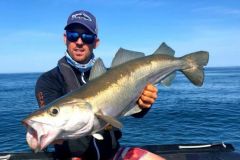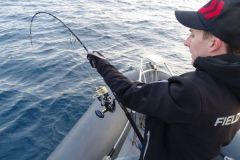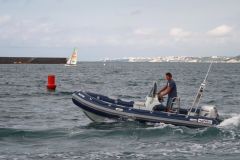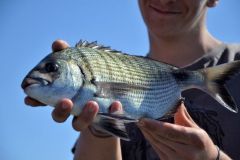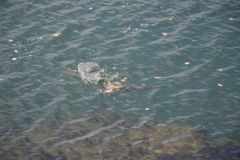The particular shape of the jigs
Unlike traditional jigs, slow jigging jigs have a special shape. The particular shape of the slow jig is not designed to imitate any fish, but rather to oppose the maximum resistance to the water during the descent. Its very flat profile allows it to glide through the water and therefore to be seized by a predator. Concerning the average weight of these jigs, it is often relatively high to counterbalance the effect too gliding that a jig too light would have. In slow jigging, using weights of over 100 grams per 30 meters of depth is not exaggerated. Of course some models are more or less gliding than others and the choice of the jig becomes important.
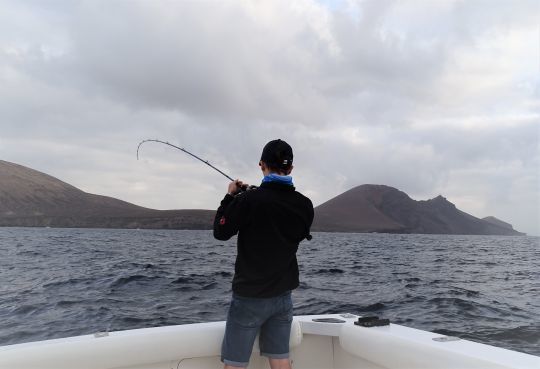
The adapted animations
To make a slow jig work best, you need to adapt your animation. The upward movement of the jig is mainly used to allow the fish to see the lure from a great distance. It's on the way down that the bites happen, since that's when the jig begins to glide through the water like an injured fish. Several types of animation work, but the most effective is to make a large upward pull with the rod, then let the jig come down while maintaining a slight tension while accompanying the movement.
Ferrer correctly
Bites can occur at the very beginning of the descent phase, when the rod is pointed skyward. Be prepared to cast quickly to get the rod horizontal and make a good strike. Slow jigs are often equipped with 2 to 4 single hooks, increasing the chances of biting a fish that would grab the jig while it is gliding. Even so, you still need to strike relatively hard, with as much movement as possible, to get the hooks into the very hard mouths of the fish you are targeting.
Targeted species
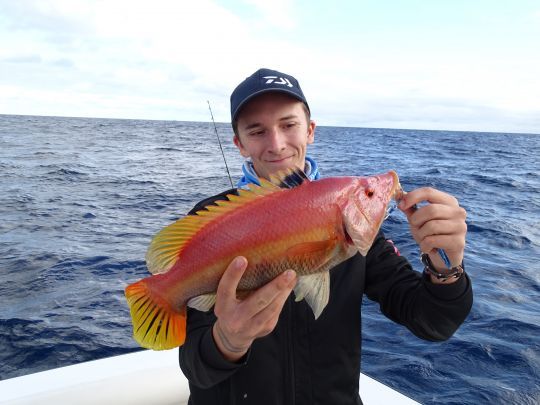
Slow jig fishing allows you to target a very large number of species, each type of bottom will allow you to target new species. In general, jig fishing is practiced on rocky bottoms in search of the denti. Sometimes you may have accidental catches such as grouper, a protected and very fragile species, which it is better to avoid bringing to the surface. Many other options are available, for example, sandy or gravel bottoms allow you to look for the famous pike, an exceptional fighter for its size and very aggressive on slow jigs. The best areas to practice slow jigging are the steep drop-offs located between 60 and 120 meters deep. These drop-offs, whether sandy or rocky, create currents that provide food for the whole food chain.
Pelagics too
In addition to the species already mentioned, small fish such as kingfish, pageot or redfish are also found in areas exceeding 100 meters. All this life inevitably attracts the attention of large predators passing by. Pelamids and bonitos often gather in the open water above these drop-offs and do not hesitate to seize a jig. To conclude the food chain, tunas and amberjacks are present to offer you extreme sensations and long lasting fights. Whether it is voluntary or not, to bite a very big fish while fishing with a slow jig is frequent, so you will have to be ready to put your equipment and your body to the test to see such fish piercing the surface.

 /
/ 


